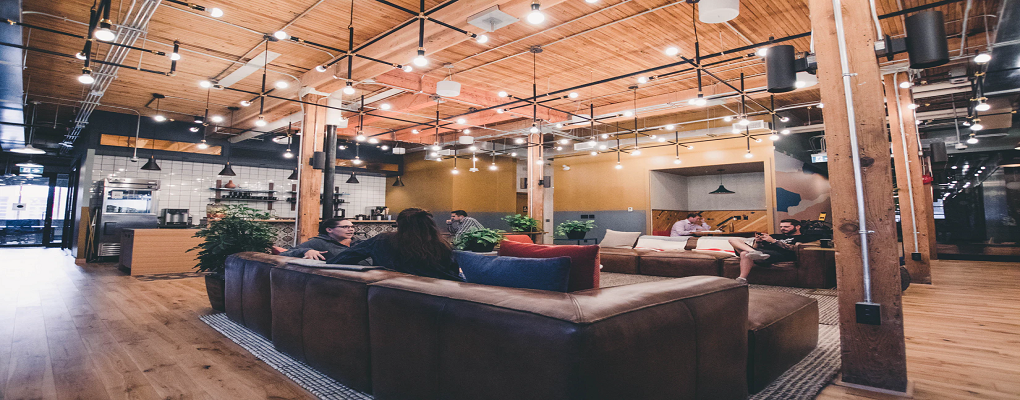By Melissa Jordans
Feb 25 , 2020
IoT tech has been making waves for a while now, but it’s often discussed within the realm of smart home devices and fitness tech. These personal uses are undoubtedly important, but they don't account for the large-scale potential that the IoT has when it comes to improving our day-to-day lives.
This is where the IoT and co-working spaces come together. In the same way that IoT was created to increase accessibility and connectivity for the average user, co-working spaces are now heralded as the new norm for workspaces that focus on flexibility and high-tech amenities. It’s therefore only natural that IoT tech is now being used to further innovate co-working spaces.
Enhanced security
Tech Republic’s guide to IoT security for businesses notes that proper preventative measures can help bypass the threats posed by the growing network of IoT devices. By setting up security systems and firewalls, co-working spaces can safely install security cameras and biometric scanners to keep track of their tenants. As an added benefit, these security features can also make it easier for users to move through the space, whether they want to keep track of their stuff or enter and exit the space.
The use of workplace analytics
Insights from the IoT can be used to monitor the conditions in which employees work at the most efficient. With co-working firm Industrious emphasizing the need for hospitable amenities, these analytics prove very useful in transforming the space to suit its clients. Co-working spaces can then monitor aspects such as lighting, heating, and even the use of borrowed products such as headphones and cables. All these statistics come together to paint a better picture of how the space is used, which can then help management figure out how to allocate resources and improve their services.
Responsive and sustainable facilities
Top-tier facilities are the main draw of any co-working space, and IoT tech can make these facilities sustainable, too. Sensors can trigger lights to turn off once people leave a meeting space to save energy, and smart payment systems bypass the need for paper receipts and files. Primalbase predicts that future IoT devices will run on sustainable energy, which means there’s a good chance they will be both accessible and environmentally sustainable.
Creating healthier spaces
On the subject of sustainability, smart facility sensors can also make co-working spaces healthier for their tenants. Such solutions include temperature regulators and air purifiers, which work behind the scenes to ensure that the space remains unchanged no matter how many people are inside at any given time. Creating a healthy and pleasant workspace also works as a great motivation booster.
Here at OM Software we care about creating sustainable tech solutions that increase employee productivity while also making work more accessible. The connection between the IoT and co-working spaces is a perfect example of this new trend of fostering meaningful change through tech.
